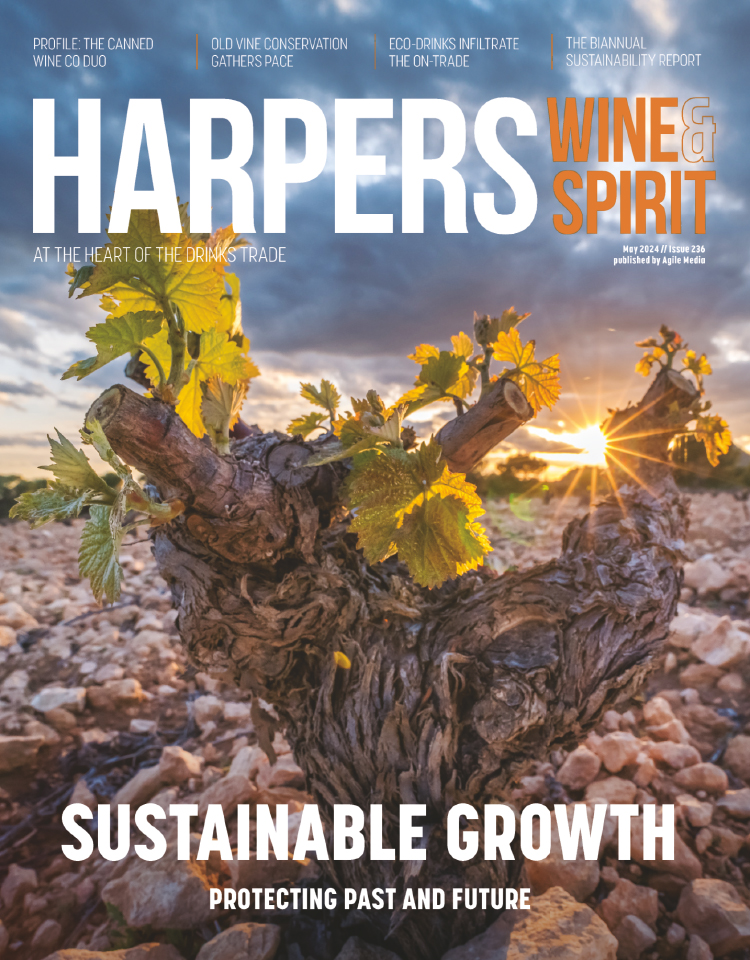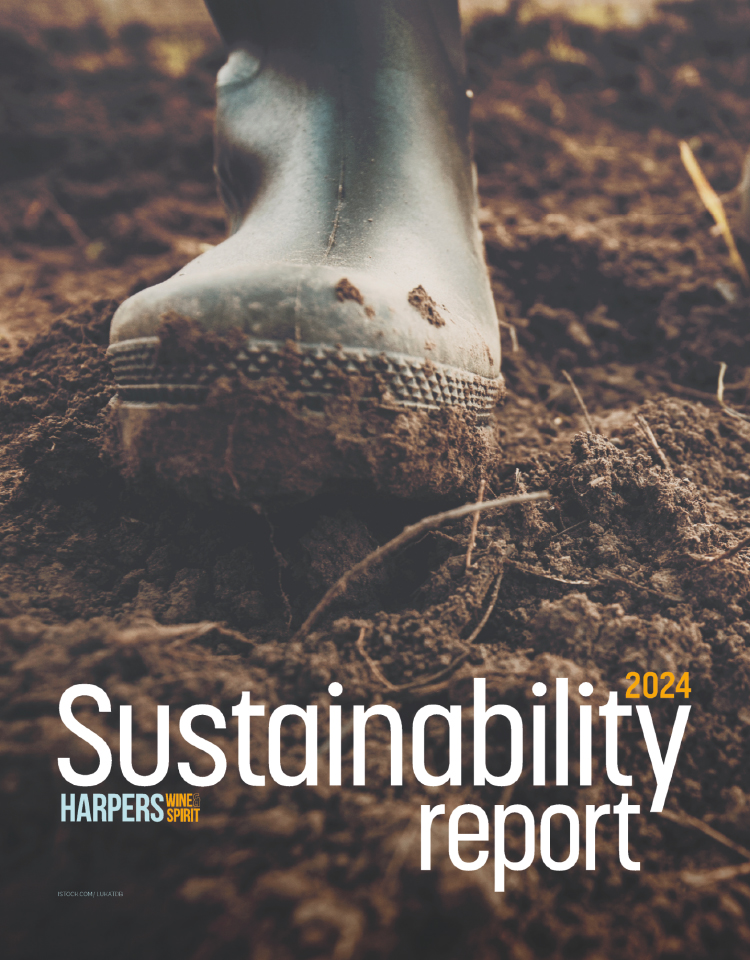
WSTA debunks pesticide report
Recent results from a UK government testing programme have suggested a dramatic increase in the proportion of wine that contains multiple pesticide residues – up from 14% in 2016 to 50% in 2022.
However, the Pesticide Action Network (PAN) report has been described as, “sensationalist and potentially damaging to the wine trade”, by the Wine and Spirit Trade Association (WSTA).
According to the PAN data, which has been reported by mainstream and drinks-focused media outlets, residues of 19 different pesticides were found in the 72 wine samples tested, including “nine chemicals with links to cancer”.
In addition, six different pesticides were found in a single wine sample which PAN describes as a “pesticide cocktail”.
However, what the report failed to mention was that of the 72 wines sampled, only one had residues above the permitted maximum level. All other wines and residues were within the legal limits.
Miles Beale, CEO of the WSTA, said of the report: “The government runs a surveillance programme for pesticides in commonly consumed foodstuffs. This is a rolling programme and the foodstuffs sampled change on a year-by-year basis. In 2022 the sampling programme included wines. In total 72 wines were sampled only one had residues above the permitted amount.
“The Pesticide Action Network (PAN) report is sensationalist and potentially damaging to the wine trade. Organic wine does not mean pesticide-free and pesticides can be derived from plants rather than chemicals. What this report does not make clear is that all the wines tested, bar one, were within the legal limits.
“Vineyards across the globe are doing all they can to minimise pesticide use and the use of pesticides in vineyards, and in agriculture more generally, is tightly controlled. Only permitted pesticides can be used on vineyards and only at levels which have been deemed to be safe.”
In the 2022 sampling programme, of the 72 wines sampled, 23 did not have any detectable levels of residues. Of the 49 that did contain detectable residues within legal limits the report states, “The residues detected by the laboratory would not be expected to have an effect on health”.
About the 36 samples found to contain more than one pesticide within legal limits, the report similarly stated, “We do not expect these residues to have an effect on health either separately or in combination”.









